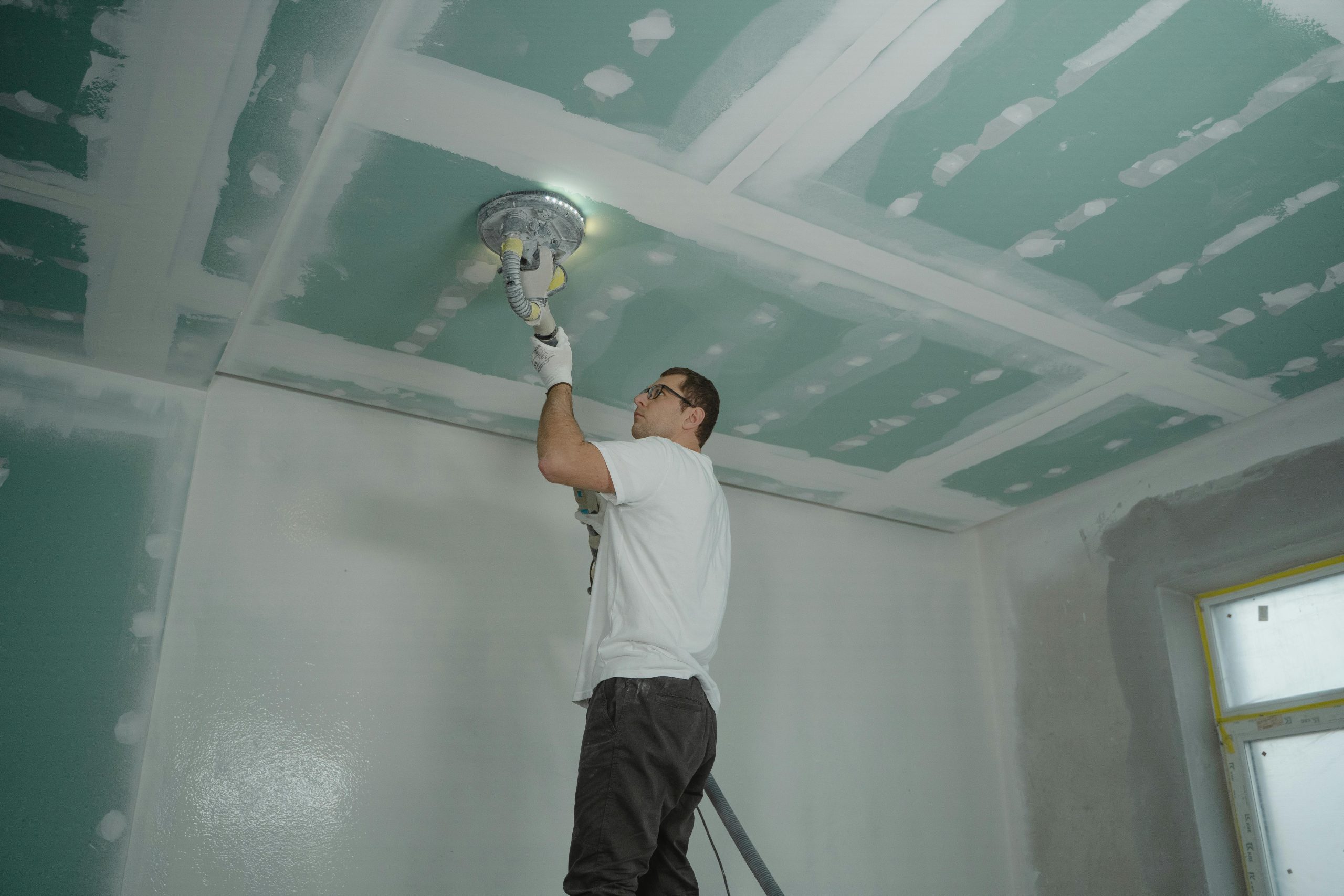The Fascinating History of Home Remodeling and Its Evolution

Home remodeling has undergone significant transformations throughout history, shaped by cultural, technological, and economic shifts. Understanding the historical context of home remodeling offers insights into the practices and trends that have shaped living spaces. This journey reveals a dynamic narrative of innovation and adaptation.
Ancient Home Improvements: The Beginning
The concept of remodeling is far from modern. Ancient civilizations engaged in various forms of home improvement. In ancient Rome, for example, affluent citizens renovated their villas with intricate mosaics and frescoes. These endeavors often reflected personal status and aesthetic sensibilities.
In medieval Europe, fortifications and castles were frequently remodeled to improve defense capabilities and comfort. While these changes were driven by necessity, they laid the groundwork for architectural styles that continue to inspire modern designs.
Renaissance and Baroque Opulence
The Renaissance brought a new appreciation for art and architecture. Wealthy patrons commissioned modifications to both exteriors and interiors, incorporating grandeur and symmetry. During the Baroque period, homes featured elaborate decor, with much attention to detail and ornamentation.
These periods underscore the importance of aesthetic appeal and craftsmanship in home remodeling. Renovations were functional and artistic, often resulting in spectacular displays of wealth and culture.
The Industrial Revolution: A New Era
The Industrial Revolution marked a pivotal point in home remodeling history. Technological advancements revolutionized construction methods and materials, making renovations more accessible. Prefabricated materials and innovations such as indoor plumbing and electric lighting began to redefine homes.
The rise of the middle class also fueled this remodeling surge. Families sought to upgrade their homes with the latest conveniences, aligning with the emerging notion of the "modern home."
20th Century Transformations and Styles
The 20th century witnessed diverse remodeling trends influenced by societal changes. The Arts and Crafts movement championed simplicity and craftsmanship in response to industrialization. The post-war economic boom led to the suburban housing expansion, with many homes remodeled to include open floor plans, larger kitchens, and modern amenities.
During this time, popular styles like Art Deco and Mid-Century Modern emphasized clean lines and functional spaces. The remodeling industry taxed itself, keeping pace with rapid technological advances and evolving family needs.
The Rise of Sustainability and Technology
In recent decades, ecological awareness has reshaped the home remodeling landscape. Homeowners increasingly prioritize energy efficiency and sustainability, incorporating solar panels, eco-friendly materials, and efficient insulation. These green initiatives aim to reduce environmental impact while lowering energy costs—an attractive proposition for many.
Moreover, technology has transformed how renovations are planned and executed. With digital tools for design and smart home technology, homeowners can now create highly personalized living environments.
Remodeling in Contemporary Culture
Home remodeling continues to evolve today, influenced by changing lifestyles and preferences. Modern renovations often focus on open spaces, minimalism, and multipurpose functionality. Blending indoor and outdoor areas is also a popular trend, reflecting a growing appreciation for nature.
In areas like St. George, Utah, remodeling contractors St George Utah often witness a blend of traditional and contemporary styles. Cultural influences and local climates play significant roles in determining design choices.
For those seeking to transform their homes, these contractors exemplify how regional practices adapt to broader trends while maintaining a local flavor.
Reflections on Home Remodeling’s Evolution
Throughout history, home remodeling has reflected more than just changes in architectural styles. It has embodied cultural shifts, economic trends, and technological advances. Each period brought distinctive approaches and priorities, shaping how we inhabit and interact with our homes today.
While the motivations for remodeling may evolve, the desire for improved living spaces remains constant. Future remodeling will likely expand on today's trends as we continue to innovate, perhaps incorporating even more advanced technologies and sustainable practices.
Home remodeling is a testament to human creativity and adaptability. It serves not only practical needs but also enriches our daily lives. Whether ancient or modern, a thoughtfully remodeled home captures the essence of its time while looking toward the future.




